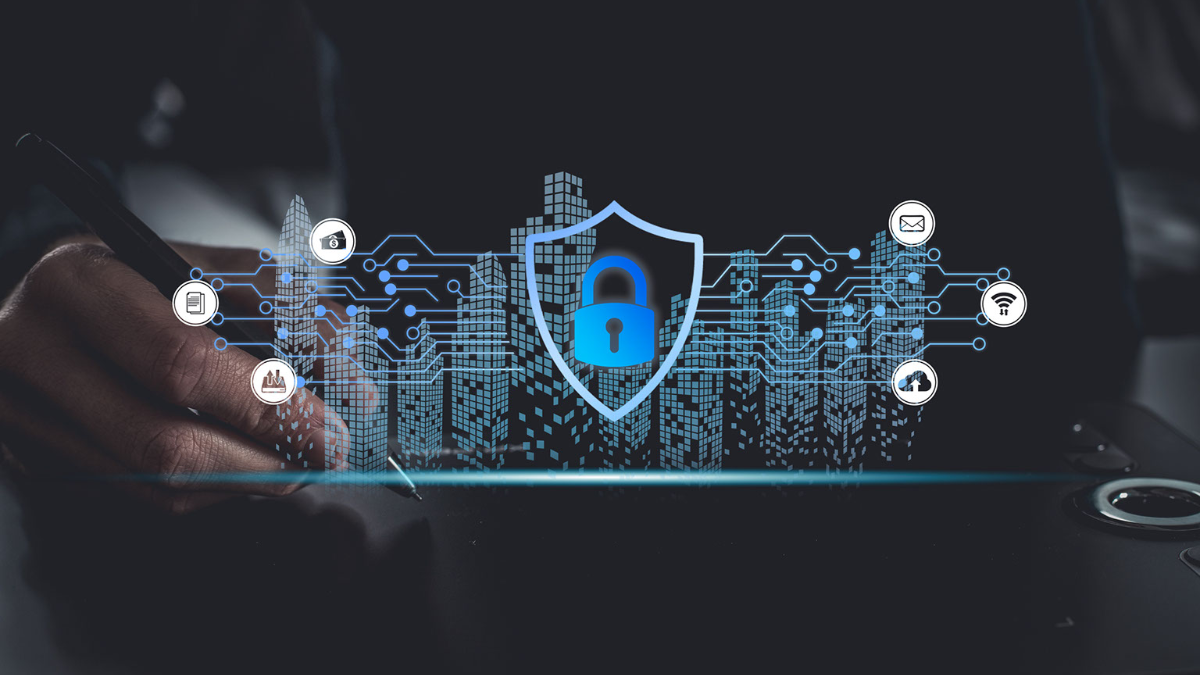Understanding Zero-Day Attacks: Preparing for The Unseen Threats
Empowering Your Organization with Powerful Strategies and Insights to Safeguard Against the Evolving Menace of Zero-Day Attacks.

In the ever-evolving world of IT security, staying informed about the latest threats is paramount. Today, we explore the intriguing realm of zero-day attacks, an insidious form of cyber attack that continues to challenge organizations worldwide.
We will explore the concept of zero-day attacks and their implications, recent examples of organizations targeted, strategies for detection and response, the impact of artificial intelligence and machine learning, ways to stay prepared for zero-day attacks, and the ongoing battle against this evolving threat landscape.
What is Zero-Day Attack?
A zero-day attack refers to a cyber attack that exploits a software vulnerability unknown to the software vendor or the security community. These vulnerabilities, known as zero-days, are undisclosed to the public, leaving organizations vulnerable to attack. The term “zero-day” signifies that there is zero time available for developers to address the vulnerability before an attack occurs.
Implications of Zero-Day Attacks:
Zero-day attacks pose significant risks to organizations of all sizes. By leveraging unknown vulnerabilities, attackers can gain unauthorized access to systems, compromise sensitive data, disrupt critical operations, or even establish a persistent presence within an organization’s network. The potential consequences are far-reaching, including financial losses, reputational damage, and regulatory non-compliance.
Recent Examples of Zero-Day Attacks:
In recent times, there have been notable examples of zero-day attacks that highlight the severity of this threat. Here are a few instances of such attacks that demonstrate the potential consequences and urgency of addressing zero-day vulnerabilities:
- Barracuda: On May 23, 2023, Barracuda announced the exploitation of a zero-day vulnerability (CVE-2023-2868) in their Barracuda Email Security Gateway (ESG). The attack had been active since October 2022, and Mandiant was engaged to assist in the investigation.
- “Follina” attack: This attack utilized malicious PowerShell commands through the Microsoft Diagnostic Tool (MSDT) and Office applications. Exploits were first detected in April 2022, preceding Microsoft’s subsequent patch release.
- Exchange Server flaw: In late 2022, an attack targeted the Exchange Server, exploiting a flaw that allowed unauthorized access to systems.
These examples underscore the urgency of promptly addressing zero-day vulnerabilities to prevent data breaches and mitigate their impact on organizations. Proactive vulnerability management and timely software updates are vital in reducing the risks associated with such attacks.
Zero-Day Detection and Response:
Detecting and responding to zero-day attacks pose significant challenges due to the unknown nature of these vulnerabilities. However, advanced technologies and techniques play a crucial role in improving detection and response capabilities.
Threat intelligence, for example, enables organizations to gather and analyze information about emerging threats and zero-day vulnerabilities. By leveraging threat intelligence platforms and collaborating with industry peers, organizations can enhance their ability to detect and mitigate zero-day attacks.
Additionally, the use of behavior-based detection systems, anomaly detection algorithms, and heuristic analysis can provide early indicators of zero-day exploits, enabling faster response times and reducing potential damage.
Impact of Artificial Intelligence & Machine Learning:
Advancements in artificial intelligence (AI) and machine learning (ML) are revolutionizing the field of cybersecurity, including zero-day detection and response. AI and ML algorithms can analyze large volumes of data, detect patterns, and identify anomalous behaviors associated with zero-day attacks. By leveraging these technologies, security solutions can adapt and learn from emerging threats, even without prior knowledge of specific zero-day vulnerabilities. This proactive approach improves the ability to detect and respond to zero-day attacks in real-time, reducing the potential impact and mitigating risks.
Staying Prepared for Zero-Day Attacks:
As an IT professional, it is crucial to remain vigilant and proactively defend against zero-day attacks. While it is impossible to predict or prevent every zero-day attack, there are several strategies you can employ to minimize the risks:
- Stay Up-to-Date: Continuously monitor reliable sources for the latest information on emerging vulnerabilities, patches, and security advisories. Regularly update your software and systems to ensure you have the latest defenses against known vulnerabilities.
- Implement Defense in Depth: Adopt a layered security approach that combines multiple security measures, such as firewalls, intrusion detection systems, antivirus software, and user training. This multi-tiered defense strategy helps to mitigate the impact of zero-day attacks.
- Employ Advanced Threat Detection: Leverage cutting-edge security solutions that utilize machine learning, artificial intelligence, and behavioral analytics to detect anomalous activities and potential zero-day exploits. These advanced tools can identify suspicious patterns and behaviors that traditional security measures might miss.
- Practice Least Privilege: Limit user privileges and grant permissions only on an as-needed basis. By implementing the principle of least privilege, you reduce the potential damage caused by successful zero-day attacks, as attackers will have limited access to critical systems and data.
- Foster a Security-Centric Culture: Educate and train your employees on best practices for cybersecurity. Encourage strong password management, regular software updates, and vigilant email practices to mitigate the risk of falling victim to zero-day attacks through social engineering or phishing attempts.
The Ongoing Battle:
As the threat landscape evolves, zero-day attacks will continue to challenge the IT industry. Cybersecurity professionals and organizations must remain adaptable, proactive, and well-informed to defend against these ever-evolving threats. By staying up-to-date with the latest security trends, embracing emerging technologies, and fostering a security-centric culture, you can position yourself at the forefront of the ongoing battle against these unseen threats.
Zero-day attacks represent a formidable challenge in the world of cybersecurity. These stealthy exploits target unknown vulnerabilities, making them difficult to detect and defend against. However, by adopting a proactive mindset, leveraging advanced security solutions, and fostering a culture of cyber awareness, you can significantly reduce the risk of falling victim to these unseen threats. Remember, in the rapidly evolving IT landscape, staying informed and prepared is the key to maintaining a secure and resilient infrastructure.








